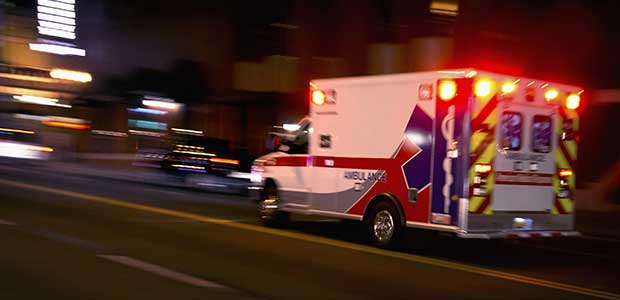
PA Agencies Collaborate to Improve Highway Safety
With PennTIME, the agencies aim to reduce the time it takes to respond to and clear highway incidents and improve safety for first responders.
Five Pennsylvania agencies formalized Aug. 28 an agreement that officially launched the Pennsylvania Traffic Incident Management Enhancement program (PennTIME). With PennTIME, the agencies aim to reduce the time it takes to respond to and clear highway incidents and improve safety for first responders.
The agreement was signed by five agencies: Pennsylvania Department of Transportation, the Pennsylvania Department of Health, Pennsylvania State Police, the Pennsylvania Emergency Management Agency, and the Pennsylvania Turnpike Commission. The PennTIME program evolved from a traffic-management incident summit held in 2016.
The PennTIME program was designed based on national concepts of traffic-managements to improve coordination, training, and communication between responder agencies and reduce highway incident clearance time.
"Each day, in Pennsylvania alone, we see 355 reportable crashes that cause three fatalities and 227 injuries, on average," PA Turnpike CEO Mark Compton said. "We can do better. Today, these five agencies — and others on the team — are taking a meaningful step towards improving highway worker and responder safety and making roads safer for all who use them."
In addition to the work by PennTIME members to improve incident safety and clearance times, officials remind drivers to slow down and move over for all emergency, recovery, and maintenance workers. The state's "Steer Clear" law requires drivers to move over or slow down when approaching an incident scene, disabled vehicle, or traffic stop.
"Traffic crashes and 'struck by' incidents are leading causes of injury and death for highway workers, police officers, firefighters, emergency medical personnel, and towing and recovery workers," PennDOT Secretary Leslie Richards said. "Reducing incident clearance times on our roadways will improve responder safety while also keeping traffic moving and travelers safe."